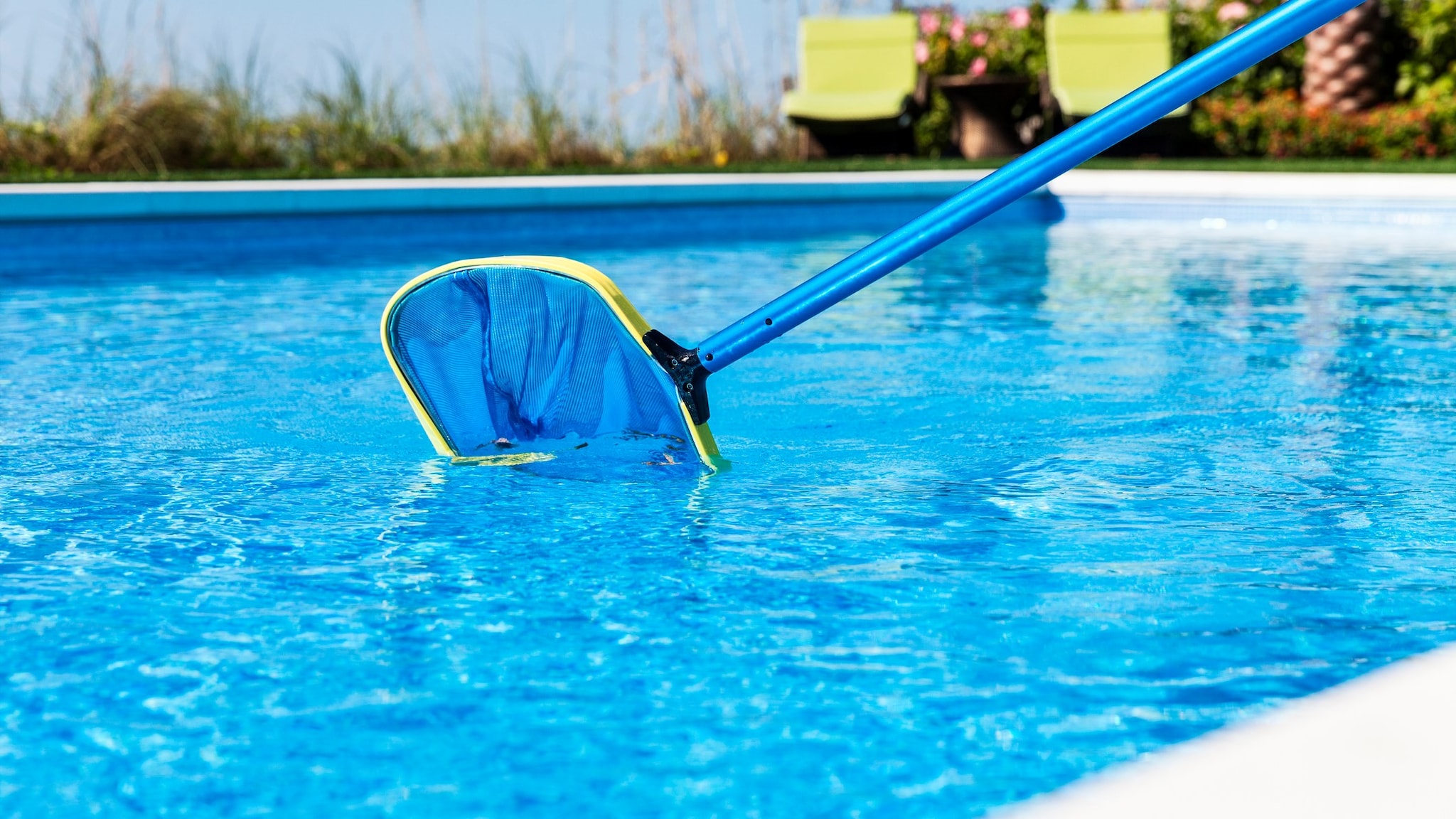Key points
- Some germs that spread through poop, such as Cryptosporidium (or Crypto for short), can live in properly chlorinated pool water for days.
- Poop and diarrhea in the water should be removed immediately.
- Follow the steps below to remove poop and disinfect the water.

Overview
While chlorine kills most germs spread through poop quickly, there are a few germs that can take many minutes or even days to kill.
Time to kill or inactivate germs in chlorinated water
- Note: Disinfection times are based on:
- 1 part per million (ppm) free chlorine at pH 7.5 or less and a temperature of 77°F (25°C) or higher.
- Pools and hot tubs that do not use cyanuric acid. Disinfection times are longer in the presence of cyanuric acid.
- 1 part per million (ppm) free chlorine at pH 7.5 or less and a temperature of 77°F (25°C) or higher.
A diarrheal incident in the water is considered a high-risk Crypto contamination event and needs to be removed immediately. The germs that might be present in formed poop are less likely to be released into the water because they are mostly contained within the formed poop. However, formed poop also protects germs inside from the chlorine in the water, so immediate removal is also necessary.
Steps to take
Removing poop from the pool and disinfecting the water
- Close the pool to swimmers.
- Put on disposable gloves.
- Remove the poop using a net or bucket. Do not vacuum the poop from the pool.
- Clean as much poop as possible from the item used to remove the poop and dispose of it in a sanitary manner. You can also disinfect it by immersing it in the pool during the 30-minute disinfection time described below.
- Remove and dispose of gloves.
- Wash your hands thoroughly with soap and water.
- Raise the free chlorine concentration to, or maintain it at, 2 parts per million (ppm) and maintain the pH at 7.5 or less for 30 minutes.
- Confirm that the filtration system is operating properly.
Disinfecting the water in public pools
Removing poop from the hot tub and disinfecting the water
- Close the hot tub to bathers.
- Put on disposable gloves.
- Remove the poop using a net or bucket.
- Clean as much poop as possible from item used to remove the poop and dispose of it in a sanitary manner. You can also disinfect it by immersing it in the pool during the 30-minute disinfection time described below.
- Drain water from the hot tub. This includes draining the piping as much as possible.
- Scrub and clean all accessible surfaces in contact with contaminated water.
- Replace or clean filter media when appropriate.
- Remove and dispose of gloves.
- Wash your hands thoroughly with soap and water.
- Refill hot tub with water.
- Achieve pH 7.0–7.8 and free chlorine concentration of at least 3 ppm. The free chlorine and pH should remain at these levels for 30 minutes.
Resources
Aquatics staff
Aquatics staff can use the following recommendations when responding to a poop incident in the water or hyperchlorinating to kill Crypto.
Fecal incident response
Fecal Incident Response Recommendations [4 pages] (Version in Spanish)
Water contamination response log
Aquatic staff should document each poop incident that occurs in the water by recording date and time of the event, whether it involved formed poop or diarrhea, and the free chlorine concentration and pH at the time of the event or when poop first was observed in water.
